Giro is entering the cycling-shoe market in 2011 with a shoe line that, at the top end, compares favorably in both fit and performance to any high-end shoes on the market. The company invited a few journalists to Livigno, Italy, last weekend, just before the start of the annual Eurobike trade show, for some road and mountain-bike testing in the Italian Alps.
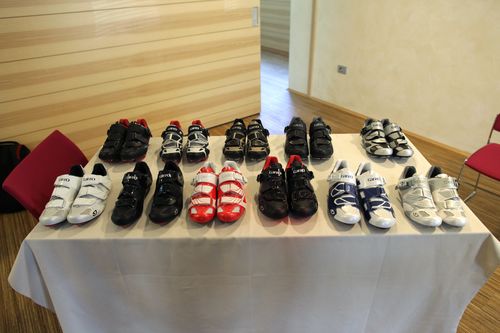
Giro’s designers and engineers spent two years developing this debut shoe line, with most of that time spent tinkering with the fit—a process that included 16 revisions to the last (the foot form around which shoes are built). Out-of-the-box comfort is possibly better than any shoe I’ve ridden. Despite the lengthy and expensive development process, however, the shoes will be competitively priced. The three-shoe road line will range from $200 to $350, while the two off-road offerings will sell for $200 and $280. There will also be one road and one mountain shoe for women.
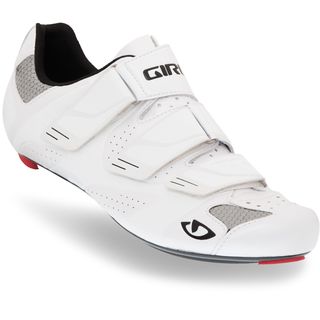
Where most carbon outsoles wrap up around the edges to both cup the foot and boost stiffness, Easton was able to deliver elite-level stiffness with a design that remains completely flat from side to side. Giro says this allows the foot to spill over the sides of the sole, rather than be pinched and constricted by a rigid carbon cup. This design, along with the shoes’ soft, ultrathin uppers, is the reason behind the remarkable out-of-box fit.
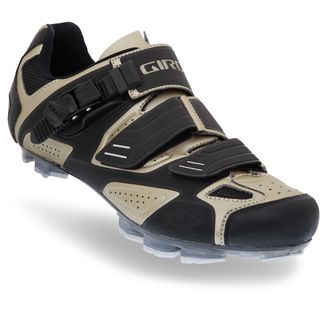
In addition to everything that’s going on over the outside of the foot, Giro has also created a new customizable footbed that will be included with its high-end shoes and also offered as a $50 aftermarket upgrade. Giro’s footbed approach, which it calls “SuperNatural Fit System,” combines a thin, antimicrobial insole with three different arch wedges—low, medium, and high—that secure to the bottom of the insole with Velcro.
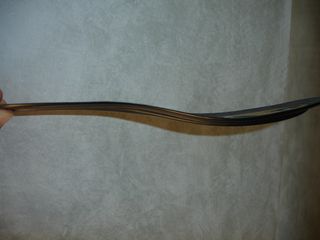
Claimed weight for the Prolight is 205 grams per shoe, and Giro is so serious about hitting that target that any soles more than 3 grams off that target will be used for Factor shoes. Yes, that means some Factor buyers will essentially be getting Prolight soles. But, no, there will be no markings to indicate this. Pure luck of the draw.
Claimed per-shoe weights for the rest of the line are 255 grams for the Factor and 275 grams for the Trans and, on the mountain side, 355 grams for the Code and 345 grams for the entry-level Guage.
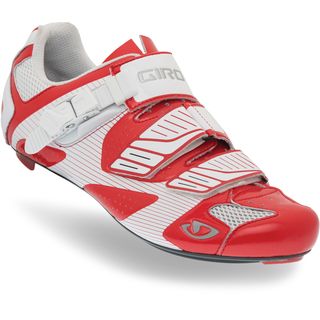
Durability is obviously one thing we haven’t been able to explore yet. But based on first impressions, Giro will be entering the very tough cycling-shoe market with a line that stacks up well against the established brands.The shoes should be in stores by early March.
—John Bradley